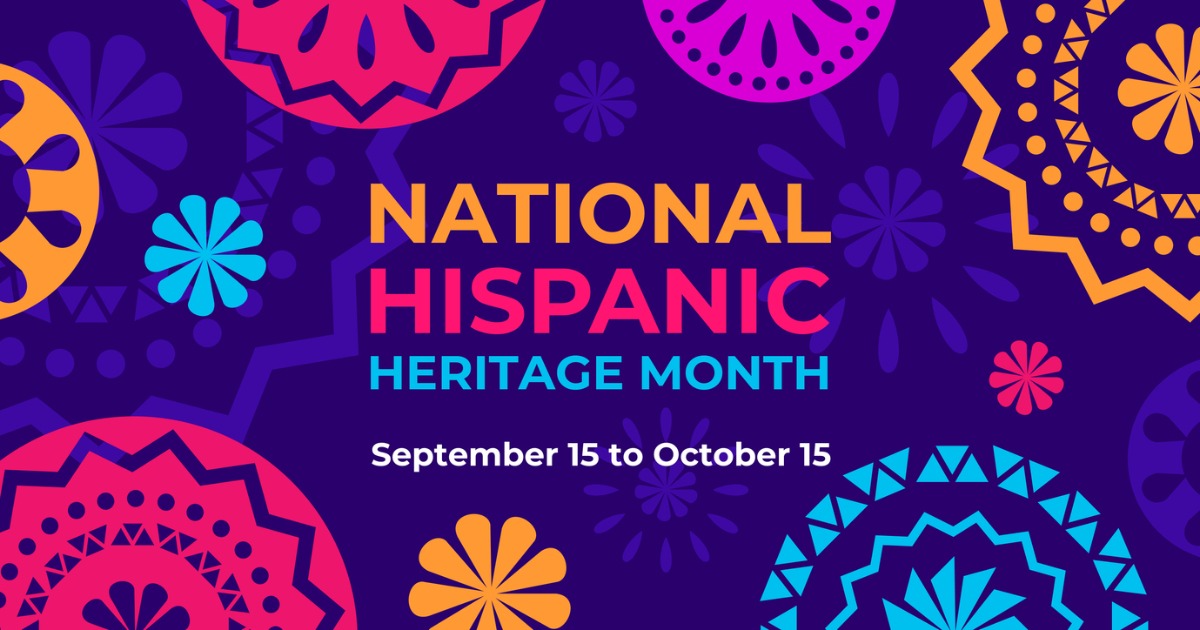What about Cinco de Mayo? Hint: it’s not what many people may think.
Contrary to popular belief, Cinco de Mayo is not Mexico’s Independence Day, and most Mexicans and Mexican-Americans do not celebrate it.
So, what’s the deal with May 5? In 1862, Mexico won a victory over France in the Battle of Puebla, but it wasn’t until months later that Mexico became independent from the French. It was a step in the right direction, so this victory is still acknowledged and celebrated, but only by some, and certainly not with tacos, margaritas and sombreros.
This might be a good time to learn why we celebrate Hispanic and Latinx people in America so we can be accepting and inclusive of all cultures—without making hurtful assumptions. This TEDx Talk, titled What Being Hispanic and Latinx means in the United States, showcases some helpful information.
Is there a difference between Hispanic, Lantino/Latina and Latinx? What term should we use for the celebration month?
Yes, there is a difference, even though people often use these terms interchangeably. Remember this:
- Hispanic: A person who comes from, or whose background is from, a Spanish-speaking country
- Latino or Latina: A person who comes from, or whose background is from, a Latin American country
- Latinx: the gender-neutral word for Latino or Latina.
Yes, a person can be both Hispanic and Latinx. This doesn’t mean, however, that all Hispanic people are Latinx. A person from Spain is Hispanic, but not Latinx because Spain is in Europe, not Latin America.
So, even though the official name is National Hispanic Heritage Month, it’s important to understand the differences between the terms.
>Related: Discussing Racial Inequality and Social Justice with Children

